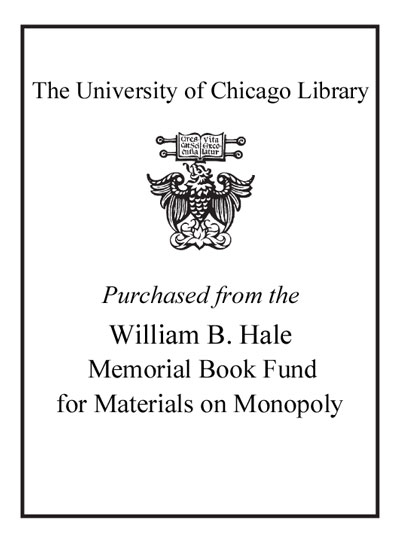What's wrong with copying? /
| Author / Creator: | Drassinower, Abraham, 1962- author. |
|---|---|
| Imprint: | Cambridge, Massachusetts : Harvard University Press, 2015. |
| Description: | xi, 272 pages ; 25 cm. |
| Language: | English |
| Subject: | |
| Format: | Print Book |
| URL for this record: | http://pi.lib.uchicago.edu/1001/cat/bib/10156328 |
| Summary: | Copyright law, as conventionally understood, serves the public interest by regulating the production and dissemination of works of authorship, though it recognizes that the requirements of the public interest are in tension. Incentives for creation must be provided, but protections granted authors must not prevent the fruits of creativity and knowledge from spreading. Copyright law, therefore, should balance the needs of creators and users-or so the theory goes. |
|---|---|
| Physical Description: | xi, 272 pages ; 25 cm. |
| Bibliography: | Includes bibliographical references (pages 227-262) and index. |
| ISBN: | 9780674743977 0674743970 |

